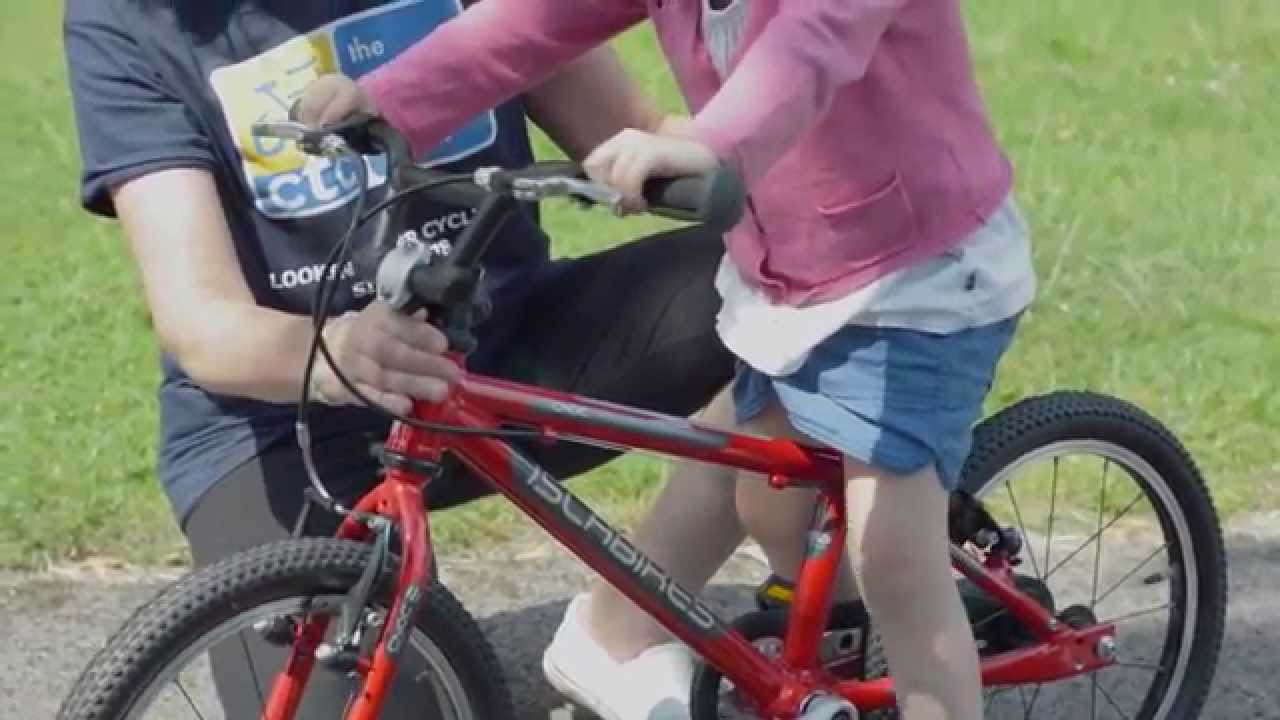Contents
5 Mistakes You Make When Teaching Someone How To Ride a Bike: Life is full of rites-of-passage, from losing your first baby tooth to celebrating your retirement. One exciting ritual embraced by all segments of society is that of learning how to ride a bicycle.
Though this adventure takes place more often during childhood, rider training is not reserved only for the young; it can also open new worlds to uninitiated adults. If you are planning to give instruction to a youngster or to a young-at-heart grown-up, make certain to avoid making the following missteps so that your charges will develop a lifelong love for two-wheeling.
-
Creating Pressure
Whether teaching your partner to ride a women’s bike or coaxing your son to straddle a child’s cruiser, do not supply the reasons why you think bike-riding skills are important. Instead, be sensitive to the trainee’s rationale and focus on what he or she hopes to get out of the lessons. Ask your pupil why it is important to learn. By following this line of thinking you give ownership of the process, a crucial point that may provide an incentive to keep going when the student feels overwhelmed or frustrated.
-
Pushing Far-Reaching Goals
Along the same lines, focus on the here-and-now each time you go out to practice. To accomplish this mindset, try to remember your first rides. You did not care then about building to twenty miles or cycling for exercise. Understand that merely moving under one’s own power while watching the pavement flow beneath the bike will be a thrilling experience by itself for the first few outings. Celebrate each accomplishment and let your student build skills slowly and systematically.
-
Ignoring Correct Bike Fit
Whether a beach cruiser bike or a hybrid cycle, your ride should be both comfortable and safe. The most important means of meeting these criteria comes from the fit. The proportions of the bike need to appropriate for the rider’s size, and the seat must be adjusted for correct leg travel. For example, pedals that are hard to reach can cause the rider to wobble too much and lead to a spill. If the seat is set too low, pedaling will prove to be inefficient since a nice leg extension is important for efficiency.
-
Hitting the Streets
Roads are dangerous places for beginning cyclists. Even where traffic is generally light, cars can race around the corner at any moment. Try to find a running track or large parking lot with few people around. Just make sure the road surface is appropriate for the type of bicycle being used; for example, city bikes can handle bumps and rocks perfectly well, but they may not be the best choice for dirt paths.
-
Forgetting the Fun Factor
Learning to ride a bike should not impart a life-or-death feeling. Since the process can be stressful, it is up to the teacher to emphasize the playfulness of it. Showing an encouraging and enthusiastic attitude will go a long way to easing the tension and can help the rider to get back on the bike quickly after a spill.
After all, isn’t the joy of feeling the wind in your hair while moving at a happy pace what cycling should be about? You can spark that happiness by avoiding missteps when teaching a new rider how to make those first pedal rotations.






